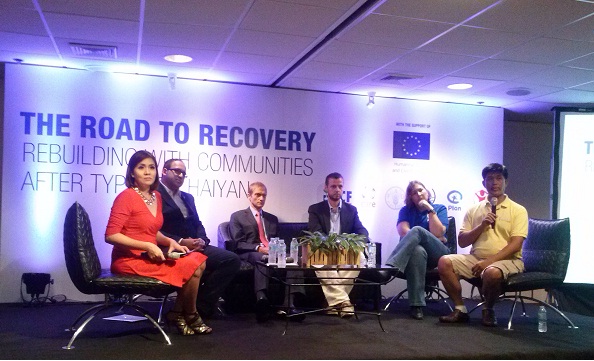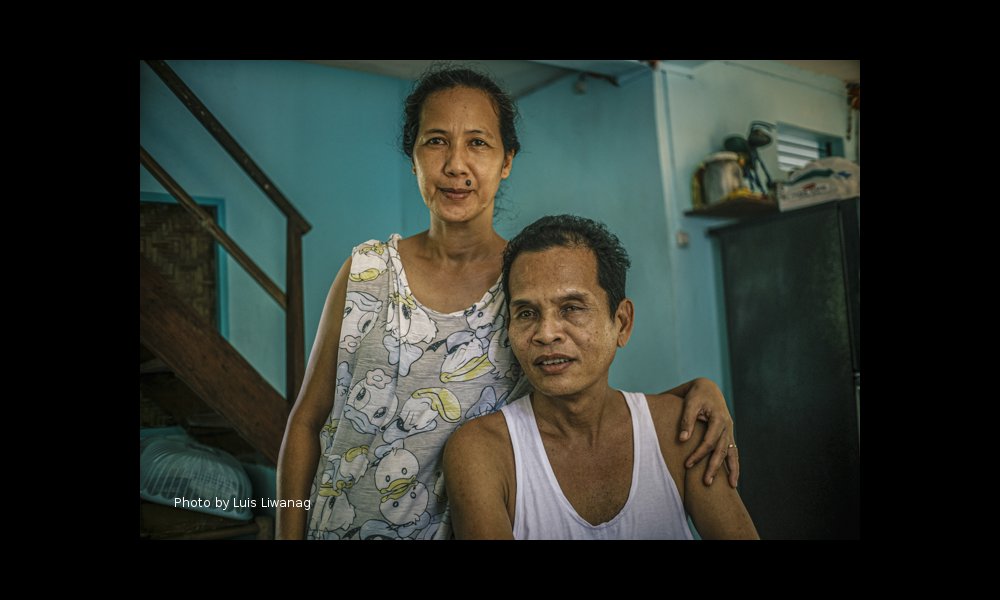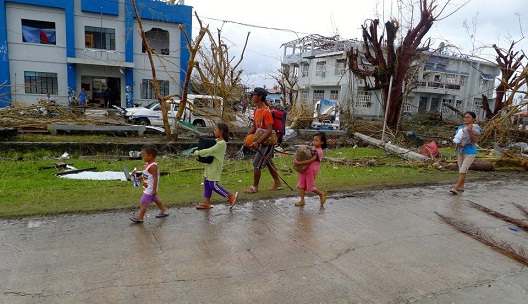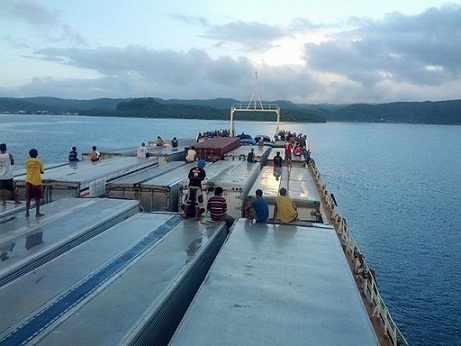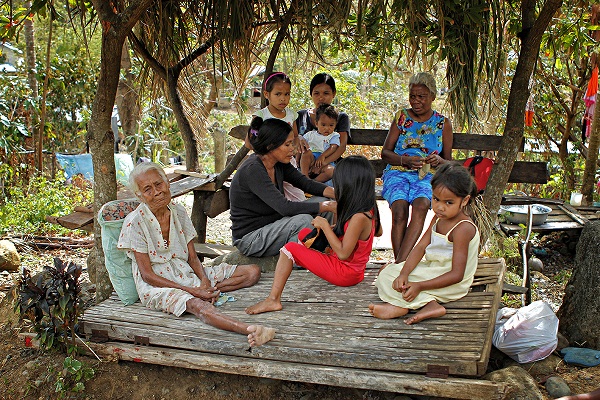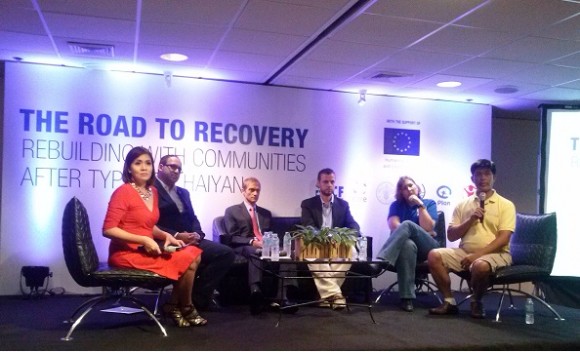
By APRIL ANNE BENJAMIN
THE Aquino government, which is being criticized for the slow pace of rehabilitation of typhoon Yolanda-hit areas in the Visayas, has found defenders in international humanitarian organizations.
At the opening of the Haiyan (the international name of Yolanda) exhibit at the AIM Conference Center 180 days after the super typhoon hit the Philippines, Javad Amoozegar, Philippine Director for the Action Against Hunger – ACF International and one of the panelists in a press conference of European Union partner agencies, said that they have seen so many delays on the ground but they have also seen how the Philippine government “worked hard to ensure that the needs of the communities are met at the immediate possible time.”
It was unfair to criticize the rather “slow-paced” rehabilitation of the Yolanda-stricken places, said Amoozegar whose organization works towards the goal of ending world hunger.
Yolanda ravaged Central Philippines, particularly Leyte and Samar on November 8, 2013 leaving more than 6,000 casualties and destroyed infrastructure worth millions of pesos.
Carin van der Hor, Philippine Director for the international children’s rights group Plan International Inc. (PLAN) who was among the panelists said, “I can understand the frustration, but I would also want to emphasize that we are only six months in. And I will challenge you to find a government that is much, much, much, much faster than the Philippine government.”
If one would rate the progress in the rehabilitation of places devastated by Yolanda in a scale of one to 10, Alfredo Padernos, a community journalist from Tacloban City, gave a score of six.
One of the reasons for such criticism was the lack of the rehabilitation master plan. The master plan will serve as a long-term guide for the Philippine government and international humanitarian groups in infrastructure building, economic revival, industrial and tourism development, and agricultural diversification.
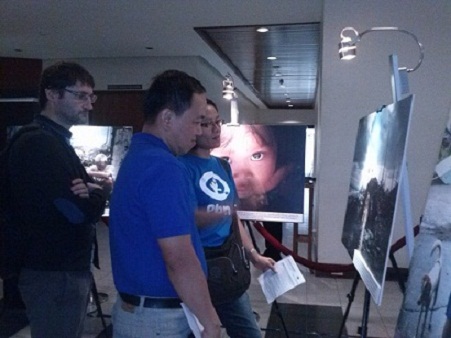
But van der Hor said the lack of master plan does not affect their work in the communities. “Master plan doesn’t hinder our work, but it hinders us from setting clear direction,” she said.
European Union Ambassador Guy Ledoux who delivered the opening message in the exhibition called Road to Recovery: Rebuilding with Communities after typhoon Haiyan, promised three things: EU will continue to help the Philippines in the coming months and in the coming year; it will strengthen the resilience among the communities and individuals; and will improve disaster preparedness of the people and the government.
ACF International Philippines said the May 9 exhibit, which falls on Europe Day, showcases “the remarkable resilience of communities and individuals” which was demonstrated throughout the course of the humanitarian response.
Ledoux also commended the positive outlook of Filipinos. “Rehabilitation will be much harder if the communities are pessimistic, “he said.
Through the donations from EU, 25,000 people have received shelter kits and materials, over 100,000 children have been vaccinated against common childhood diseases, casual work for over 15,000 people were put in place and over 80,000 farming families were given rice seeds and fertilizers.
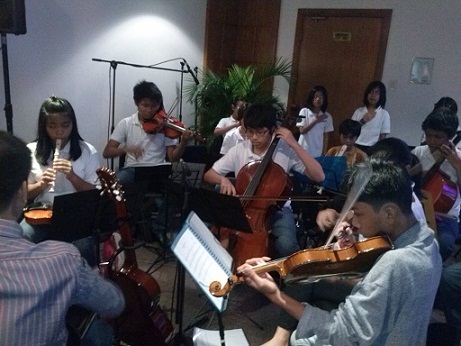
On the sixth month since Yolanda, the Philippine government has gone “a long way in a short time but there is still a long road ahead” van der Hor said.
With the coming rainy seasons, she said one of the most urgent needs is transferring all people who are living in tents to stable shelters.
David Sevcik, head of the Office of the European Commission for Humanitarian Aid and Civil Protection (ECHO), however said that “transferring so many people would be difficult. What we can do is to ensure that evacuation centers will be resilient and prepared when need be.”
Comparing Yolanda to Hurricane Katrina, which took the United States eight years to fully recover, Sevcik said, “The positive outlook and the resilience of the Filipino will make recovery much quicker.”
Ledoux enthused that “Life is back” in Tacloban as demonstrated by a musical concert held in Tacloban Astrodome last May 8. “Since Yolanda, it was the first time it is opened again,” he said.
The astrodome served as the city’s main evacuation during the typhoon. However, the roof caved in as the strongest winds of Yolanda passed the place. Water came pouring in which also caused many deaths.
One of those who expressed frustration over the slow pace of rehabilitation efforts was Senator Francis Escudero who scored some government agencies for failing to act swiftly in the reconstruction of Yolanda-damaged areas even with the “approval of a multi-billion post-disaster funding months ago to rehabilitate communities leveled by the monster calamity.”
Van der Hor predicts that in eight years time, the Yolanda-hit areas “will be better than what it was.”
(The author is a University of the Philippines student writing for VERA Files as part of her internship.)
